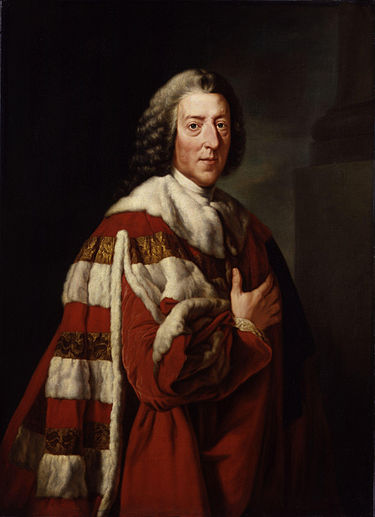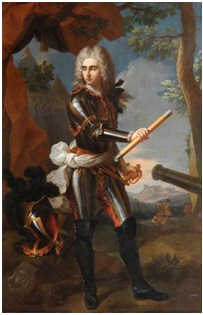Earl: Monarchy has been the dominant form of government for most of the world’s known history and it can be said that for most parts, it has been quite successful. Until the last century, there was not much stir about democracy and the “rule of the people”.
European monarchies have had a rather interesting and long history. Though there have been significant differences in the reign of the different ruling dynasties, the role of the monarch has been, more or less, the same.

There has been a significant number of times where monarchy had come under severe threat from other forms of rule, like democracy and oligarchy.
Table of Contents
What are Titles of the Monarchs?
Before trying to know about the title of an earl, we should try and understand that there has been a significant number of titles that have been conferred to British noblemen. We should get to know a significant lot of the titles that have been used.
Emperor – The term had originated from the Latin term ‘imperator’ conferred on Augustus Caesar. The term is used to define a ruler with many military victories. Napoleon was named ’emperor’ in 1804. The term had also been used while giving the title ‘Emperor of India’ to the British monarch in 1877. Britain has not used the term otherwise.
King – The title of the monarch outranking everyone else and even the spouse.
Prince or Princess – In England, prince or princess refer to royalty and rank higher than all other nobility, even Dukes.
Duke or Duchess – The Dukes were original of royal blood in England. Now it ranks among the highest among all nobility.
Marquess or Marchioness – The Marquesses rank next to the dukes.
Earl or Countess – The Earls in the British nobility are ranked below the Marquess but above the Viscounts.
Viscount or Viscountess – The Viscount ranks below the Earls in British nobility.
Baron or Baroness – The Barons rank the lowest among the nobility.
Baronets – The baronets are not included among the peerage, but these titles can be inherited.
Knights – These titles are more like honors rather than aristocracy.
Earls – The Nobility Title
The Earl, also known as the Count, is the third most powerful among the nobility ranks. The rank of the Earl was lower than that of the Duke or the Marquess, but he could exert power over the Viscounts and Barons.
The wife of the Earl was known as the Countess, as a feminine form of the title never emerged. The title has an Anglo-Saxon origin, that signifies that the title is native to England and originated in the kingdom itself. The title had been used to mean chieftain, a person who is set to rule a territory under the influence of the king.
Addressing the Earl
The nobleman or the earl is named after the place over which he reigns. For instance, the earl who ruled over Kent would have been called the Earl of Kent. This was used in the title originated from the name of a place. However, he would just be called Earl followed by his name if the title has originated from a surname.
He would, in either case, be referred to as the Lord by the populace and his wife as the Lady. The sons of the earls, who were not introduced in the peerage, could, however, use a courtesy title, generally the highest title below his father.
This was only allowed for the eldest son, who could be called as the Viscount. The other sons could be addressed as The Honourable, while the daughters as The Lady.
What are the Functions of the Earls?
 |
The Earls were originally royal governors under the reign of the king. Though Earls were equal to the title of dukes, the earls were, however, not the de facto rulers of their estates.
The Earls had the authority to reign over their lands and also the right to judge in the courts of their provinces. The Earls were also responsible for collecting the taxes and fines from the populace in their rule and received a ‘third penny’, or a third of the sum.
The Earls were also responsible for leading the armies of the king during the wars. The earldoms were mostly a conglomerate of a group of shires and ruled by the earl. Some of the earldoms that have existed under the British reign include that Northumbria, Wessex, Mercia, Kent and many others.
What is an Earl
The power of Earls and earldoms decreased after William the Conqueror took over the throne of England. The earldoms were essentially the shires and the Earls did not have much power over the administration and neither did they hear in courts.
King Stephen, however, increased the number of earls during his reign. Even some of the Earls were given the power to set up their royal castles. This power was again snatched back by his successor, Henry II. Thus, it can be understood that though Earls have been a rank among the nobility, their powers and authority have varied over the ages.
Though the concept of earldoms gradually vanished over the ages, the titles had continued over the ages, though they hold almost no value in the recent days. The Earls have been one of the most powerful among the peerage in the history of British nobility.
More Info On- An Earls and His Role, Thomas Moran, Alfred Jacob Miller, Thomas Le Clear